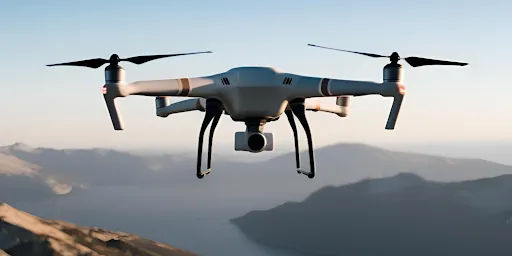Study Guide for RPAS Flight Reviews in 2025
We’re excited to unveil the new RPAS Centre website! Explore our updated platform, featuring free drone training courses, flight review prep, and resources designed to help pilots at all levels succeed. Join our growing community, stay informed with the latest industry insights, and unlock your potential with expert guidance and the RPAS Wilco app. Dive in today!






